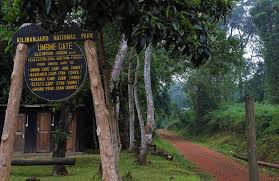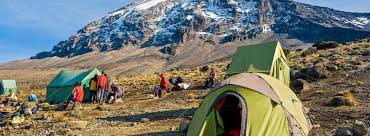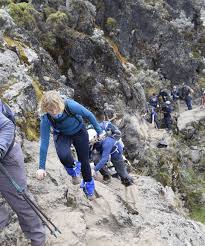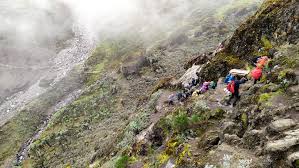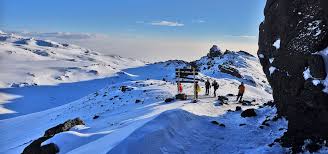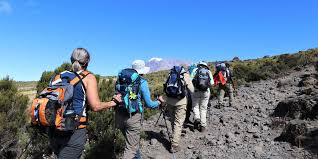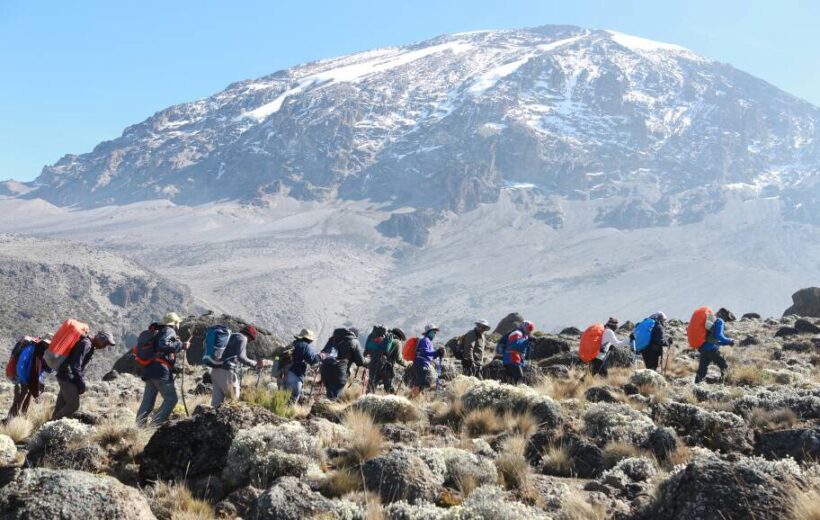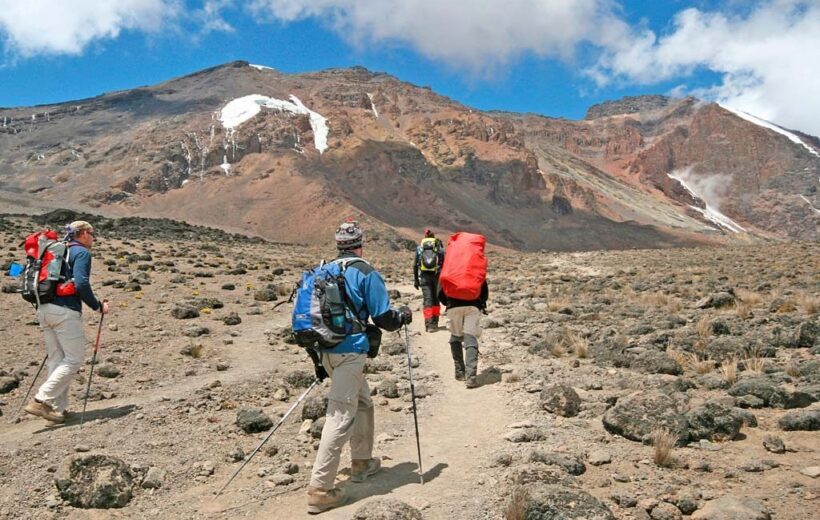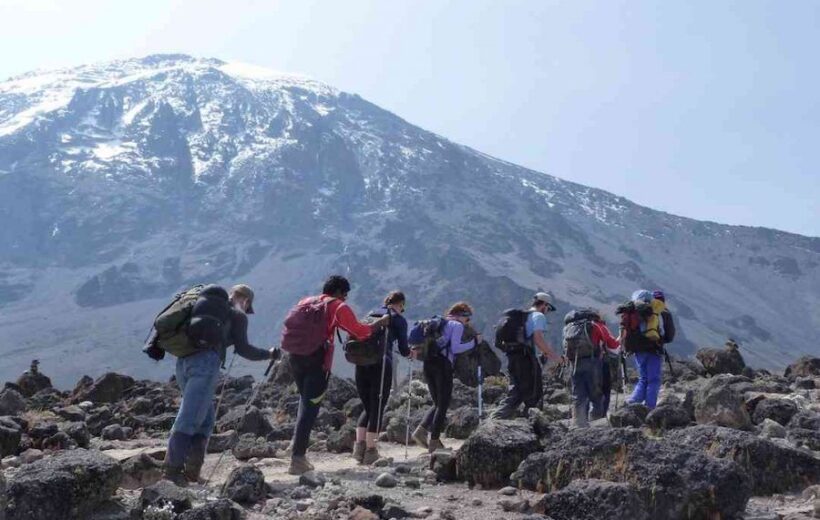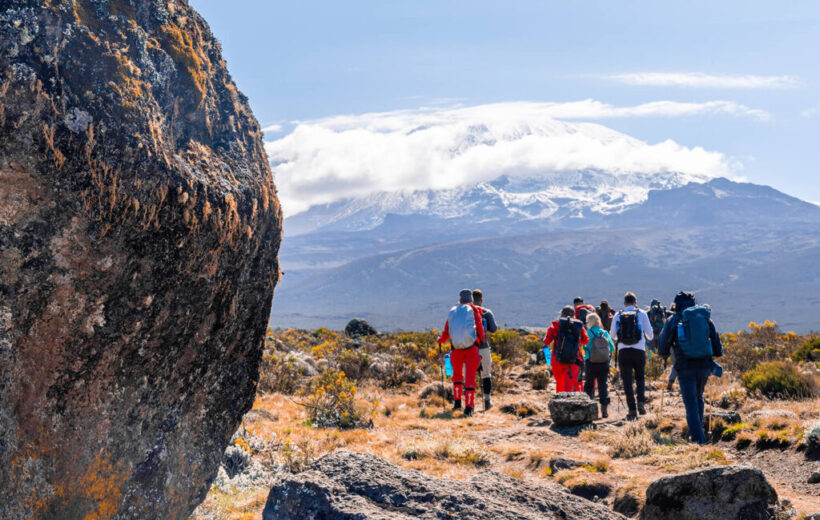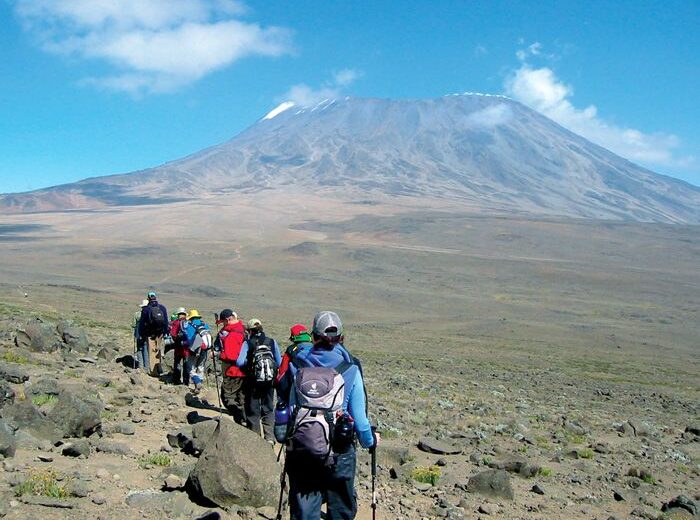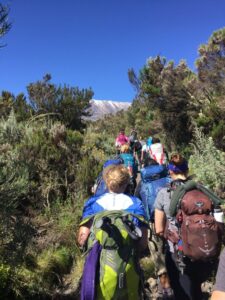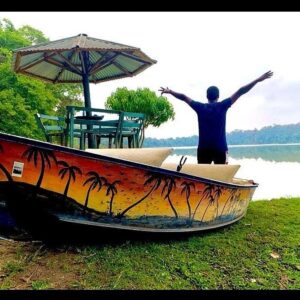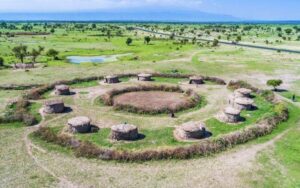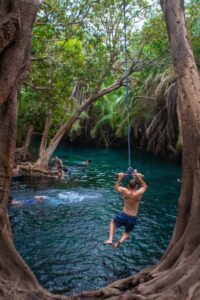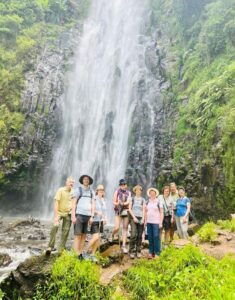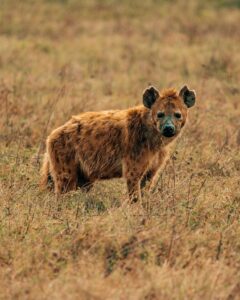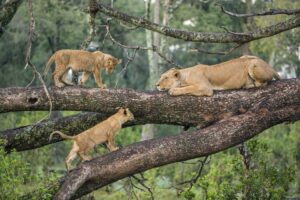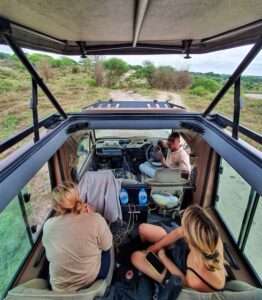6 Days Umbwe Route Trek
Price
Min Age
Duration
Max People
Overview
The 6-Day Umbwe Route is widely regarded as the most challenging and physically demanding way to climb Mount Kilimanjaro. It is a steep and direct ascent, which means it offers very little time for proper acclimatization. This route is not recommended for inexperienced hikers or those with a low tolerance for high altitude. However, for a very fit and experienced trekker seeking a solitary and strenuous challenge, the Umbwe offers a unique and exhilarating experience. The initial days are a relentless uphill trek through the dense rainforest, but the route eventually joins the popular Southern Circuit, including the infamous Barranco Wall, before the final summit push.
Highlights
- Tackling the steepest and most direct route to Kilimanjaro's summit.
- Experiencing a unique sense of solitude and remoteness on the lower slopes.
- Trekking through a stunning, ancient rainforest with minimal crowds.
- Climbing the non-technical but challenging Barranco Wall.
- Enjoying the scenic Southern Circuit with panoramic views of Kibo and Mawenzi.
- Reaching the summit, Uhuru Peak, for a sunrise view from the "Roof of Africa."
- Descending via the well-established Mweka Route.
Other Important Information
- Success Rate: The 6-day Umbwe Route has a very low summit success rate (estimated 50-70%) due to the rapid and steep ascent, which significantly increases the risk of altitude sickness.
- Difficulty: The Umbwe Route is the most difficult of all standard Kilimanjaro routes. It should only be attempted by trekkers with a high level of physical fitness and prior high-altitude trekking experience.
- Acclimatization: The lack of a dedicated acclimatization day makes this route particularly difficult. Trekkers must be confident in their ability to acclimatize quickly.
- Accommodation: All nights on the mountain are spent in tents. The campsites are often less crowded than those on other popular routes until you join the Southern Circuit.
- Gear: Due to the steep and sometimes slippery terrain, trekking poles and proper hiking boots with good ankle support are essential.
Route Map
Tour Plan
Day 1: Umbwe Gate (1,800m) to Umbwe Cave Camp (2,850m)
The journey begins with a drive from Moshi to Umbwe Gate. After completing the necessary registration, you will begin your trek on a steep and relentless path that winds through the dense montane rainforest. The trail is often wet and can be muddy, requiring a careful and steady pace. You'll use the roots of giant trees as natural steps as you climb the narrow ridge between the Umbwe and Lonzo rivers. You will arrive at Umbwe Cave Camp, nestled in the thick forest.
- Trekking Time: 5–7 hours
- Distance: 11 km (6.8 miles)
Day 2: Umbwe Cave Camp (2,850m) to Barranco Camp (3,950m)
The trail becomes steeper today as you leave the rainforest and enter the heath and moorland zone. The vegetation becomes more sparse, and the landscape changes to rocky outcrops and giant heather. The path follows the narrow ridge of Umbwe, offering breathtaking views of the surrounding valleys. You'll eventually reach Barranco Camp, where you'll join trekkers from the Machame and Lemosho routes. The camp is set in a picturesque valley beneath the imposing Barranco Wall.
- Trekking Time: 4–5 hours
- Distance: 6 km (3.7 miles)
Day 3: Barranco Camp (3,950m) to Karanga Camp (4,035m)
Today is a short but memorable day as you tackle the famous Barranco Wall. This is a steep, non-technical scramble that requires using your hands for balance and grip. Despite its intimidating appearance, it is not a difficult climb for most. From the top of the wall, you'll have stunning views of the Heim Glacier and Kibo's peak. The trail then descends into the Karanga Valley before a final climb to Karanga Camp. This is a great day for acclimatization.
- Trekking Time: 4–5 hours
- Distance: 5 km (3.1 miles)
Day 4: Karanga Camp (4,035m) to Barafu Camp (4,673m)
After breakfast, you will trek on a steady incline across the barren, rocky landscape of the alpine desert. You'll leave the last of the fresh water sources behind as you head toward Barafu Camp. The trail intersects with the Mweka Route, and from here, you have a direct path to the base camp for your summit push. You'll arrive at Barafu Hut, an exposed and windswept camp, and will have an early dinner and try to get some sleep before your midnight ascent.
- Trekking Time: 4–5 hours
- Distance: 4 km (2.5 miles)
Day 5: Barafu Camp (4,673m) to Uhuru Peak (5,895m) & Mweka Camp (3,100m)
The most demanding day of the trek begins just after midnight. You'll start the long and difficult climb in the dark, on a path of loose volcanic scree. The climb to Stella Point on the crater rim is extremely challenging. At Stella Point, you will be rewarded with an unforgettable sunrise. From there, it is a shorter, more gradual hike to Uhuru Peak, the highest point in Africa. After a brief celebration, you will begin your long and rapid descent all the way to Mweka Camp, a significant drop in altitude.
- Trekking Time: 12–15 hours
- Distance: 16 km (9.9 miles)
Day 6: Mweka Camp (3,100m) to Mweka Gate (1,640m)
On your final day on the mountain, you will have a gentle but long descent through the lush rainforest. The trail can be slippery, so a slow and steady pace is recommended. You will reach Mweka Gate, where you will sign out of the park and receive your official summit certificate. A vehicle will be waiting to transfer you back to your hotel in Moshi for a celebratory dinner and much-needed rest.
- Trekking Time: 3–4 hours
- Distance: 10 km (6.2 miles)
Included/Excluded
- All park fees, including camping and rescue fees.
- Professional, licensed, and experienced mountain guides, a cook, and porters.
- All meals on the mountain (breakfast, lunch, and dinner).
- Drinking water
- Tents and camping equipment.
- Transfers to and from the gate.
- International flights.
- Tanzania visa fees.
- Travel and medical insurance (including high-altitude trekking coverage)
- Personal climbing gear (e.g., sleeping bag, boots, trekking poles).
- Tips for the guides, porters, and cook.
- Alcoholic beverages and soft drinks.
- Personal expenses.
Tour Map
Frequency Asked Questions
How high is Mount Kilimanjaro?
Do I need prior climbing experience to trek Kilimanjaro?
What is the best time to climb Kilimanjaro?
Which route is the best for climbing Kilimanjaro?
How long does it take to climb Kilimanjaro?
Depending on the route, treks range from 5 to 9 days. Longer routes provide better acclimatization and higher summit success rates.
Do I need a guide to climb Kilimanjaro?
What is altitude sickness and how can I avoid it?
Altitude sickness is caused by reduced oxygen at higher elevations. Choosing longer routes, staying hydrated, and ascending gradually help reduce the risk.
What should I pack for a Kilimanjaro climb?
How fit do I need to be to climb Kilimanjaro?
What happens after the climb?
You may like
Book This Tour
Last Minute Deals
Why You Travel with us ?
- Local Expertise
- Tailor-Made Safaris
- Unforgettable Experiences
- Professional Safari Guides
- Comfort & Safety
- Affordable Packages
- Responsible Tourism
- 24/7 Support
- Diverse Destinations
- Trusted Reputation

